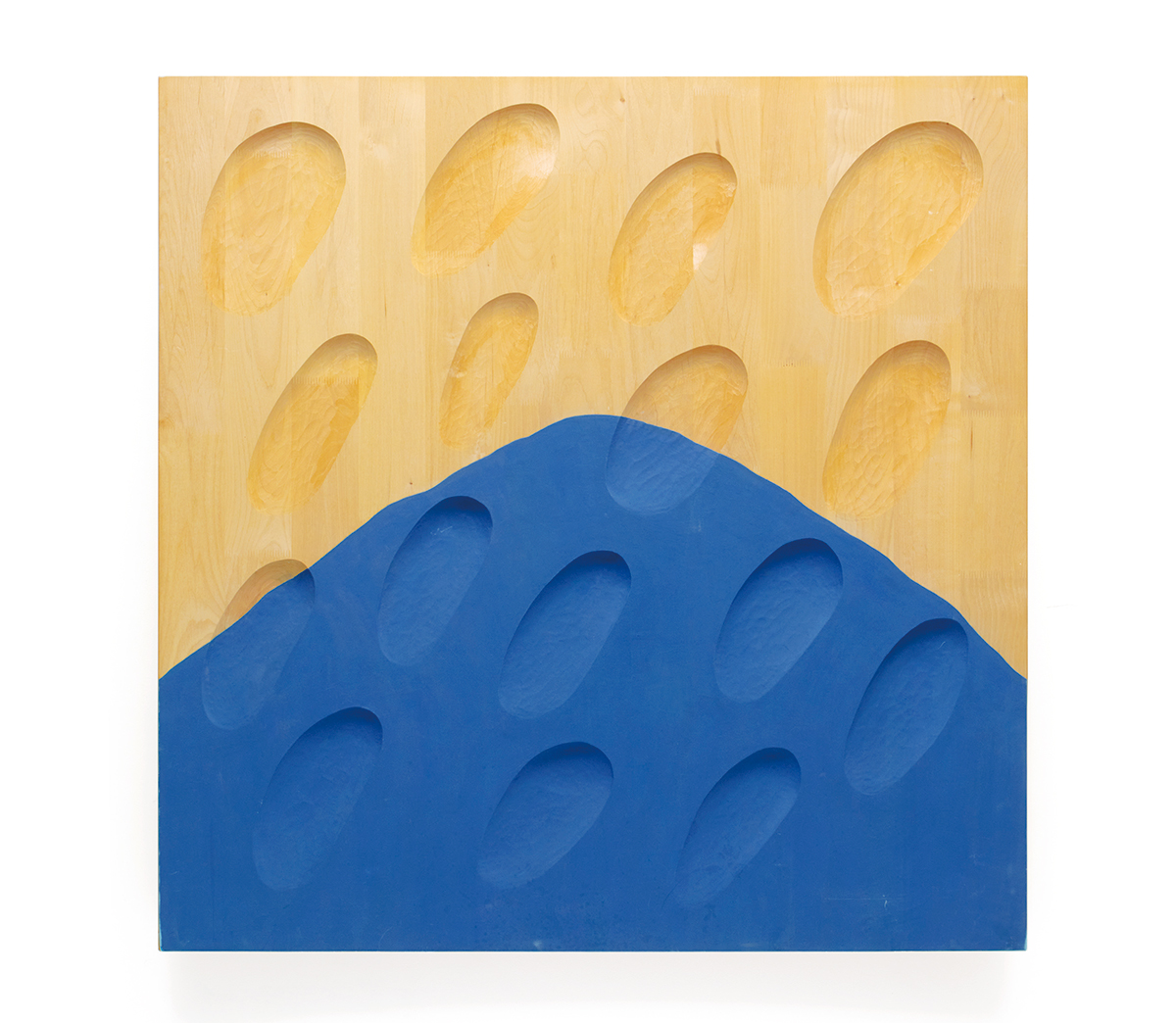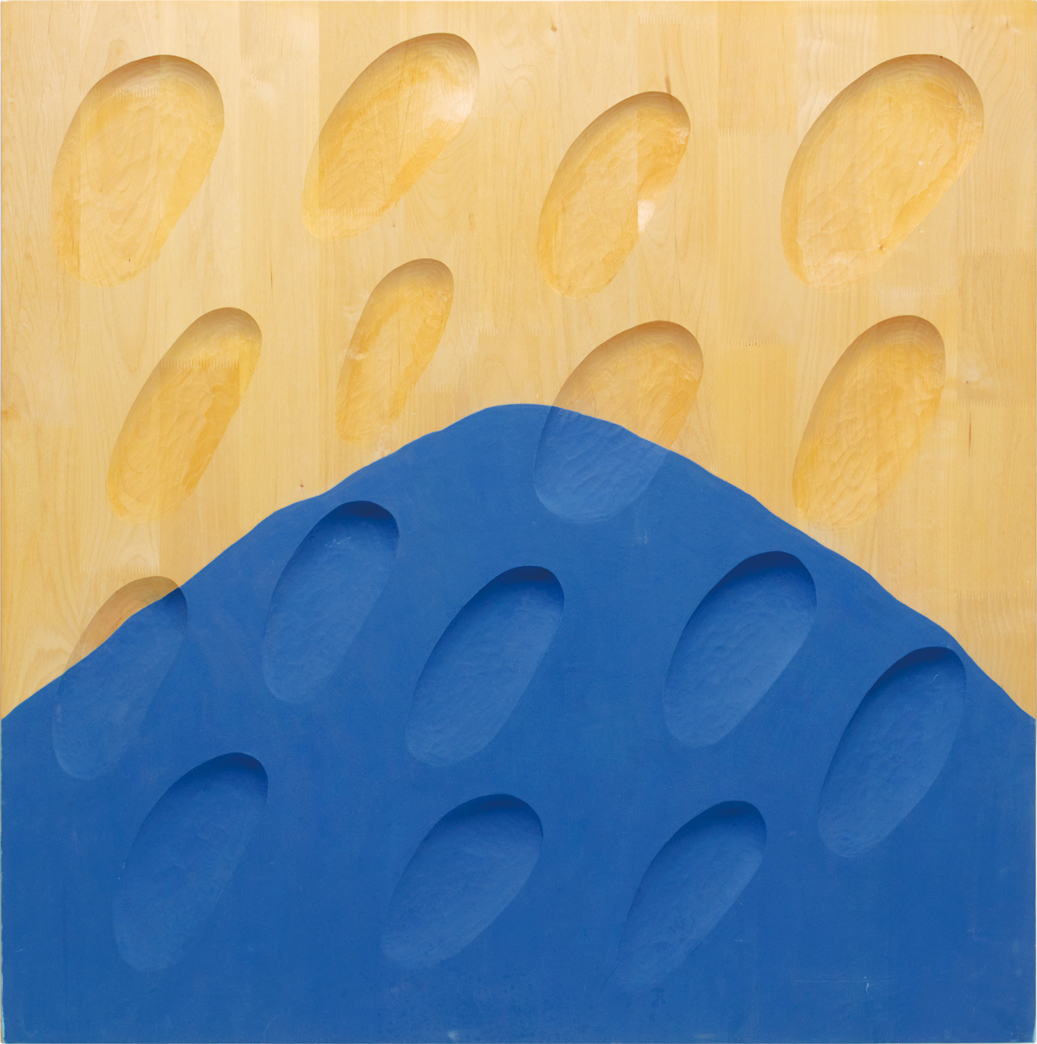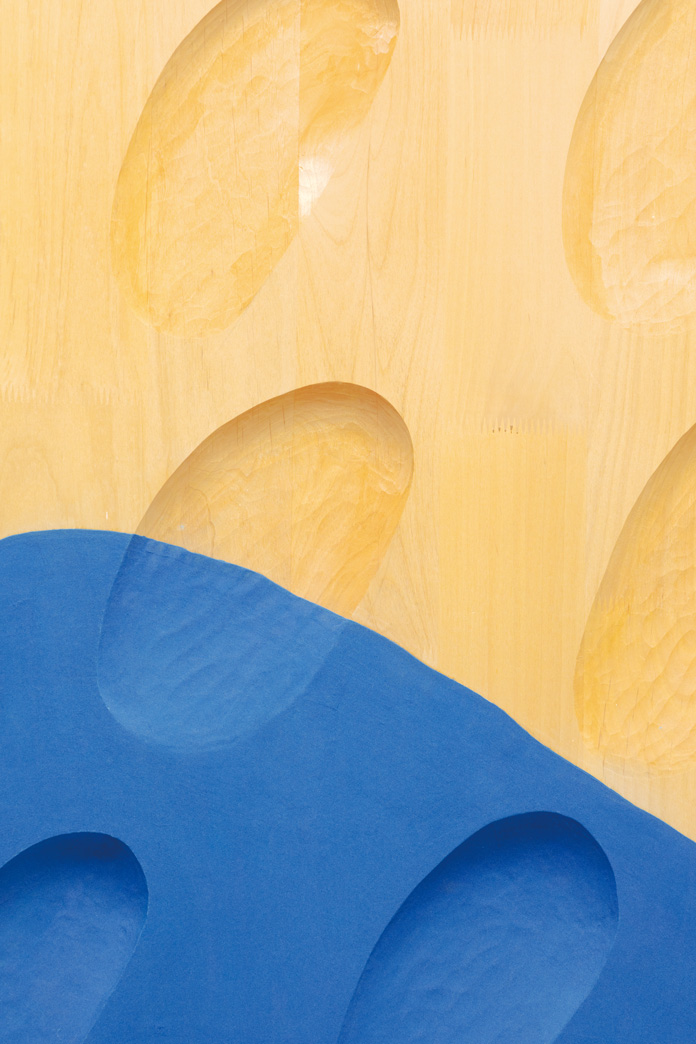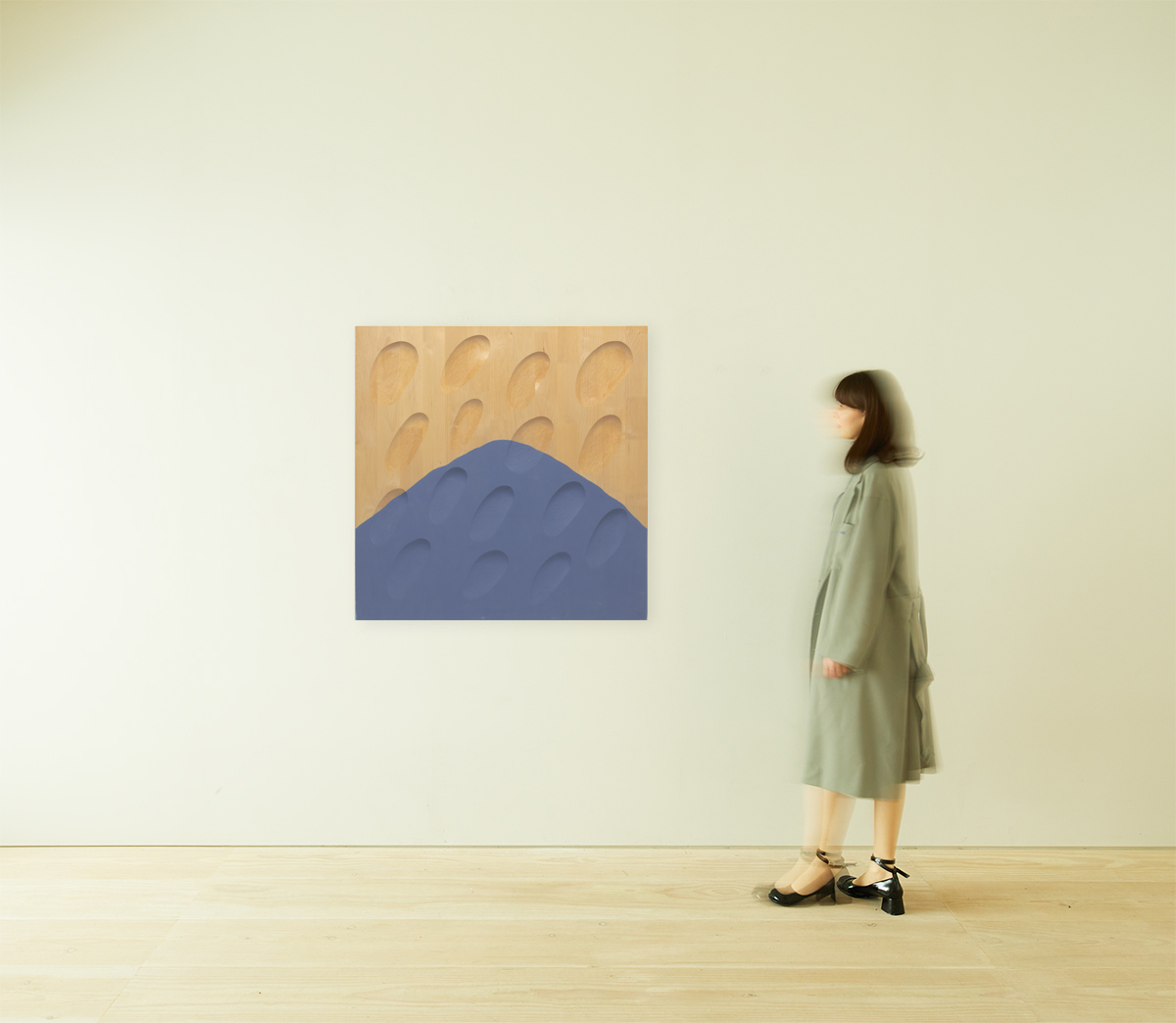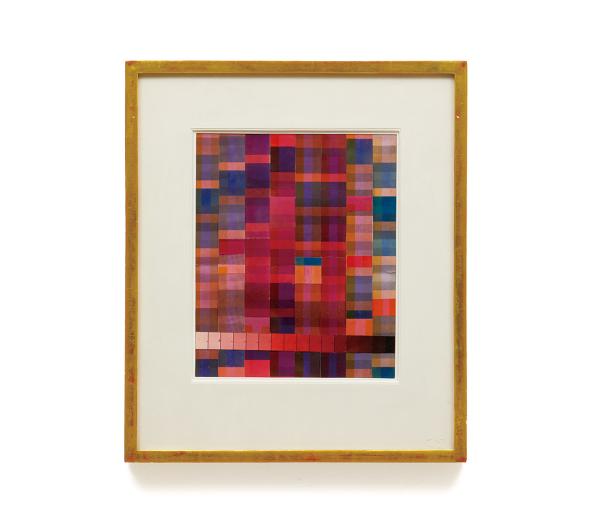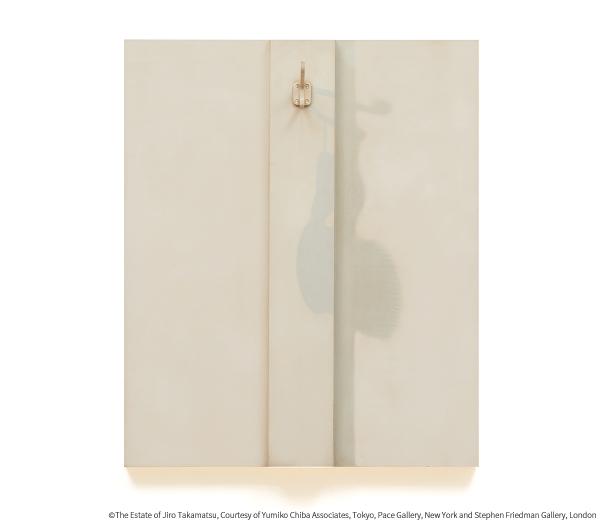- CONDITION
-
Signed, titled, and dated on the upper center of the verso.
The artwork is generally in good condition, although it does show visible handling marks with scuffs in the lower left and right corners, as well as along the center of the bottom edge.
- DESCRIPTION
-
Japanese industry achieved rapid economic growth in the post-war period, but at the same time, the 1960s brought a darker shadow in the form of industrial pollution, including air and water contamination. By placing unprocessed materials and objects at the center of their works, The Mono-ha (School of Things) movement emerged as a form of artistic inquiry that questioned this Western-centric trajectory of growth and sought to reveal the existence that lies beyond the material realm. This artistic tendency gained prominence with Sekine Nobuo's Phase - Mother Earth (1968), which became a pivotal work that engaged a group of students from Tama Art University, including Lee Ufan, to collectively explore their artistic practices.
One of the central figures of this movement was Koshimizu Susumu (1944-), a student in the sculpture department at Tama Art University at the time. Inspired by Sekine’s Phase - Mother Earth, Koshimizu grounded his creative approach in Japan’s unique cultural perspective on nature. Through a collaborative relationship with materials such as wood, stone, paper, earth, and iron, he focused on exposing the inherent connection between humans and natural elements. By employing methods suited to each material - polishing iron, and carving wood - Koshimizu made these relationships visible. Yet, even after such interventions, the essential nature of the material remained unchanged. Among his representative works are Vertical Line (1969), Paper (1969), Iron I (1970), and the From Surface to Surface series.
This work, Relief ‘91-17, was produced in 1991 as part of a series of carved wood reliefs that Koshimizu began working on in the late 1970s. The piece features carved dots on the wooden surface, evoking brushstrokes, alongside vibrant verdigris accents that create a visually striking texture. By employing techniques associated with both painting and sculpture, Koshimizu introduced a playful visual dynamic that defies traditional definitions of either medium. Through this work, he reaffirms the unchanging essence of materials, embodying the steadfast artistic practice that he has been exploring since the 1970s.
- PROVENANCE
-
Gallery Kouketsu, Gifu, Japan


